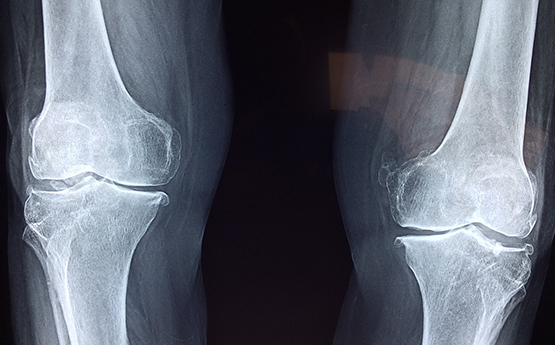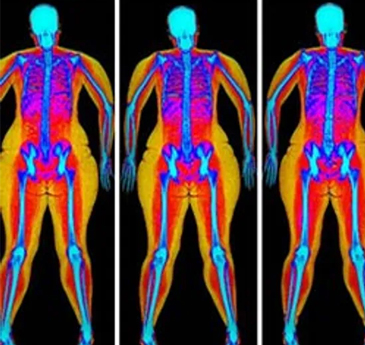The Challenge
Extensive research has suggested that consuming animal-based processed meats is associated with significant negative health risks compared to plant-based foods but their impacts on musculoskeletal, vascular and athletic performance are less well known. Additionally, there are concerns regarding animal cruelty and the detrimental environmental impact caused by intensive farming methods so if adopting a ‘modern’ plant-based diet can mitigate some of these concerns and not negatively impact health, musculoskeletal for example, we need the evidence to show it.
The OMNIPLaNT study (Omnivorous & Non-meat eater Integrative PhysioLogy and NutriTion), is investigating the impact of plant-based diets on human physiology, including muscle, bone, cardiovascular health, and exercise performance.
The Method
The OMNIPLaNT study is ongoing and has currently recruited in excess of 170 individuals to take part in a detailed study on dietary patterns. The analysis incorporates the use of detailed weighed diaries to create nutrition reports, advanced imaging techniques and blood analysis. The researchers have even created the OMNIPLaNT Environmental Impact Tool which can be used by the public to compare the environmental impact of different dietary patterns.
The outcome of OMNIPLaNT research studies will contribute to peer-reviewed literature and build on currently available scientific and sociological evidence, to understand the impacts of plant-based dietary patterns on health, human performance and the sociological impact of choosing these diet patterns.
The Impact
There is considerable anecdotal evidence suggesting the health effects of plant-based diets over omnivorous diets, particularly as they relate to musculoskeletal factors. There is also a lack of comprehensive information about the effects of these diets, good or bad. However, we do know that humans can obtain enough proteins from eating plant-based foods if consumed as part of a healthful dietary pattern.
Dietary analysis and using blood products, using ultrasound and dual x-ray imaging can assess the structure and composition of muscles, arterial health, physical performance and estimate fat accumulation. This information can inform individuals on the implications of adopting specific diets, potentially improving health, and reducing reliance on misinformation and anecdotal evidence.












